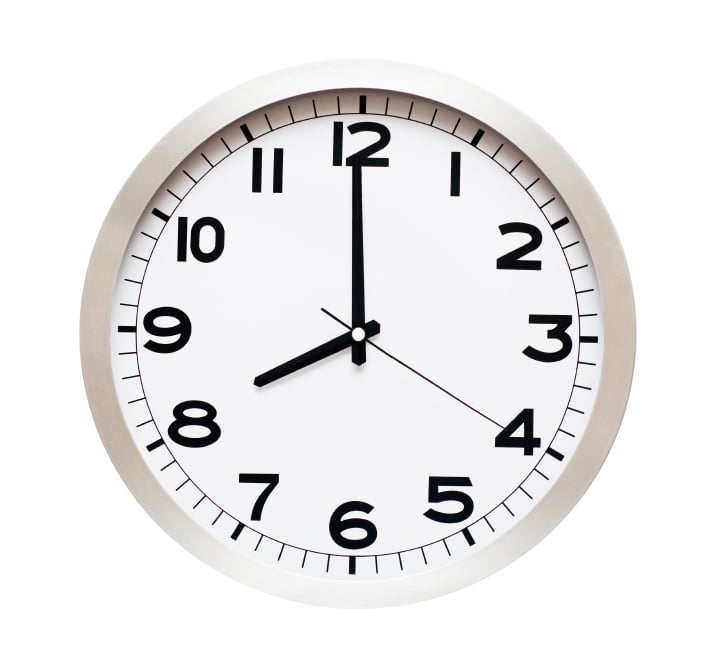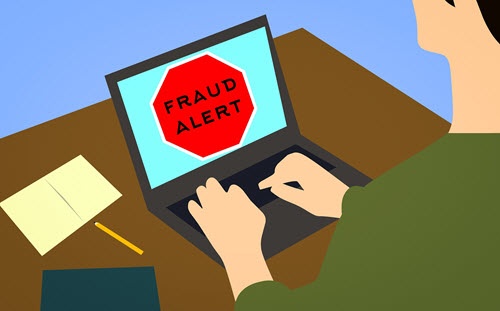 In the digital age, more and more communication takes place via email and text messaging, but a person-to-person conversation is still the most engaging way to contact a prospect and convert him into a customer. If your sales are down, perhaps you should reconsider your timing and preparation for making contacts.
In the digital age, more and more communication takes place via email and text messaging, but a person-to-person conversation is still the most engaging way to contact a prospect and convert him into a customer. If your sales are down, perhaps you should reconsider your timing and preparation for making contacts.
Why Cold Calling Still Works
Cold calling, contacting someone you don’t already to know, is one of the most effective ways to make a business connection because it’s so direct and personal. Note, however, that once the conversation begins, you only have about 20 seconds to launch a great first impression.
Your prospect’s reaction is decided in moments and you’ll likely be able to gauge by the end of the call whether the prospect is warm or cold. On the other hand, a marketing email or campaign piece, though effective and compellingly well-written, is less personal and once mailed, is beyond your control; it may not even be opened and read for days (or never), and even if opened, you may not get a response.
Cold Call Timing
Research has shown that the best time to contact a prospect is between 8:00 and 9:00 a.m. and between 4:00 and 5:00 p.m. Calling at these times catches the prospect first thing in the morning when his mind is fresh and he has not yet become too involved in the workday. Likewise, at the end of the day, he is winding down and preparing to relax and therefore may be more receptive to a call that could help him with tomorrow’s work.
The worst time to call a prospect is between 1:00 and 2:00 p.m. when he is returning from lunch and energy is at its lowest point of the day. The best weekday to call is Thursday, followed by Tuesday then Wednesday. On Thursday, the week is nearly over and minds are beginning to focus on the weekend. Fridays and Mondays are the worst days to contact prospects as these are the least productive days of the work week.
Peak Interest Timing
Additionally, Stride’s analysis of response metrics has revealed another optimum time for contacting prospects. Stride had a set time in the a.m. for contacting prospects after collecting their opt-in responses to their email drip but discovered the open rate for these email contacts was very low. Changing the strategy to contacting prospects within 30 minutes of receiving their opt-in address dramatically increased open rates.
Calling prospects within half an hour of demonstrated interest in your business is the optimum time for you to close sales. While interest is fresh in their minds, they are much more likely to be open to engagement, as opposed to say calling the next day, when they have already forgotten what you’ve spoken about.
Achieving Positive Results
According to research done by Forbes, businesses lose 46 hours and 53 minutes before they pick up the phone and call a lead and only make 1.3 call attempts before abandoning the lead and moving on to the next. These are warm opportunities lost from prospects who have already shown interest.
Rather than engage the lead while interest is high, businesses allow the lead to languish and then don’t do enough to follow through and establish contact. Following up within 30 minutes, as Stride discovered, may be seen as positive and responsive by the prospect and direct the path toward closing a sale.
To increase your conversion rates, take steps to improve the quality and effectiveness of your sales calls and make them during the optimum contact hours. Research your prospect in advance and find out as much as you can about his organization and needs.
Get a working understanding of the industry and determine specific and viable solutions you can offer to resolve actual challenges. Your prospect may appreciate your knowledge and be more receptive to an approach tailored to real needs than a canned, generic sales pitch.
Speak naturally and never read from a script; it always sounds practiced and insincere. Once you’ve engaged your prospect in conversation, take good notes and review them immediately afterward to ensure you capture the pertinent issues while the conversation is still fresh in your mind. Pay attention to your prospect’s responses and listen more than talk. When you follow up, you will have your notes to remind you of what you discussed.
Success Metrics
To measure your success rate, track all metrics on your sales calls, including the number of calls you make, the time of day and day of the week you called, whether you actually spoke with the prospect or left a message, the length of your conversation, level of engagement and number of sales closed. Analyze your results over time and look for correlations between metrics. This will give you valuable information for adjusting your timing and increasing your conversion rates.
Reconsidering the times you make your sales calls and really knowing and understanding your client’s industry and needs can contribute to helping you close more sales. It’s all a matter of research and timing.
 Mike Kamo is the VP of marketing for Strideapp. Stride is a Cloud-based CRM and mobile app that helps small to medium sized agencies manage and track leads, as well as close more deals. They can be found on Twitter and Facebook.
Mike Kamo is the VP of marketing for Strideapp. Stride is a Cloud-based CRM and mobile app that helps small to medium sized agencies manage and track leads, as well as close more deals. They can be found on Twitter and Facebook.
Topics: Sales Process, B2B Sales, Increase Sales, Guest Blogs





